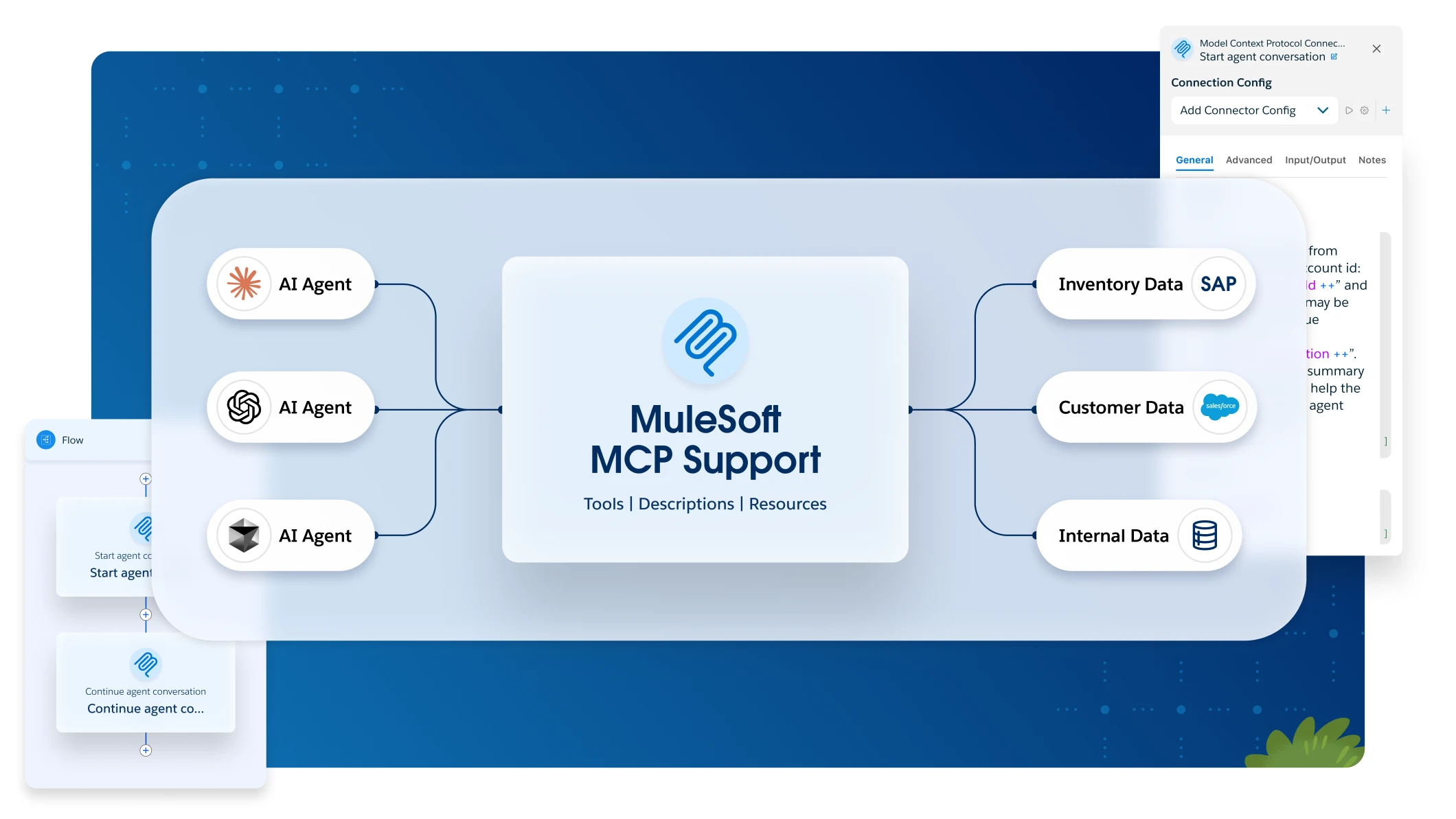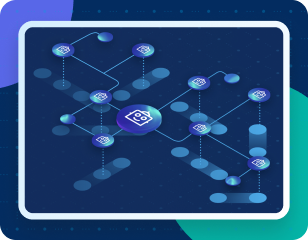As customer expectations continue to rise, AI-powered agents are changing the game in customer service by offering faster, smarter, and more personalized support. But for AI to truly shine, it needs real-time access to key data across the business. AI agents, like those built with Agentforce, can hit roadblocks without strong integrations.
We’ll explore why AI agents need more than just customer-facing data to be effective. We’ll also break down how businesses can integrate their AI with backend systems to create seamless, connected experiences that keep customers happy and operations running smoothly.
When service experiences hit a wall
Picture this: you’re trying to get help from an online chatbot or automated phone system, but it keeps hitting a dead end. Maybe it can confirm your order, but it can’t give you real-time tracking. Or it knows your account details but can’t process a simple change. That’s the result of disconnected data systems, and it doesn’t just affect customers – it holds back both human and AI-powered service reps from delivering fast, effective support.
Studies show that 80% of service reps struggle to access the data they need, and 95% of businesses cite system integration as a major hurdle in implementing AI. That’s why seamless connectivity is critical for AI-driven service. Customer service teams rely on multiple systems to handle inquiries, manage orders, and resolve issues. But when these systems don’t communicate, AI agents hit a wall.
Take order tracking, for example. An AI agent might confirm a purchase and estimate the delivery date but fail to provide a live tracking update because that information sits in an unconnected system. The result? The customer is forced to call a human representative, defeating the whole purpose of having AI-driven agents in the first place.
Agentforce can take repetitive tasks off human reps’ plates, allowing them to focus on high-value interactions. But if AI agents keep running into dead ends and need to escalate cases, that efficiency boost disappears and leaves customers and service teams stuck in the same old cycle.
This lack of integration doesn’t just slow down customers and service reps – it also increases costs, drags out resolution times, and prevents AI from reaching its full potential. Businesses risk delivering a fragmented, inconsistent service experience without a connected data ecosystem.
AI agents need the right data to succeed
Just like service reps, AI agents need access to the right tools and data to perform effectively. AI-driven agents excel at providing immediate, personalized responses, automating simple inquiries, and even predicting customer needs. However, AI agents will remain limited in scope without direct integration with critical systems, such as ERP, order management, and billing platforms.
For AI to function at its best, organizations must create a connected infrastructure that enables AI-driven decision-making. This requires breaking down silos and ensuring AI can pull the right information at the right time.
How integration enhances AI-powered service
Businesses don’t have to struggle with disconnected IT systems. By leveraging integration platforms, you can unify your data and create a seamless service experience for both AI and service reps. A robust integration strategy that connects Salesforce Service Cloud with external and hard-to-reach systems is one of the most effective ways to achieve this.
MuleSoft is an integration and API management platform that bridges the gap between Salesforce Service Cloud and other critical business applications. By connecting data from multiple sources, including legacy databases, third-party applications, and external systems, MuleSoft enables AI agents to retrieve and act on real-time data seamlessly.
How MuleSoft helps service teams:
- Centralized data access: AI agents can retrieve order details, customer history, and service requests from a single interface.
- Automated workflows: AI-driven agents can trigger automated actions, such as processing refunds or updating customer records.
- Low-code integration: MuleSoft provides low-code tools that make it easier for non-technical teams to automate service processes without IT dependencies.
By leveraging MuleSoft, your team can maximize the potential of AI agents, enabling them to provide fast, accurate, and seamless support without hitting roadblocks. With real-time access to critical data across systems, AI agents can resolve more inquiries on their own while ensuring smooth handoffs to human reps when necessary. This enhances the customer experience and frees up service teams to focus on high-impact tasks that require human expertise.
Future-proofing customer service with AI and integration
AI powers the future of customer service, but organizations must prioritize seamless data integration for AI agents to succeed. Businesses can unlock AI’s full potential by connecting critical business systems –delivering faster resolutions, reducing costs, and enhancing customer satisfaction.
With MuleSoft, you can integrate Salesforce Service Cloud with external systems, allowing your Agentforce to automate tasks and provide real-time support, and provide a connected, intelligent, and scalable customer service experience.
Want to learn more about how integration can fuel your AI-driven service strategy? Download our eBook to dig deeper into MuleSoft with Service Sales Cloud.









